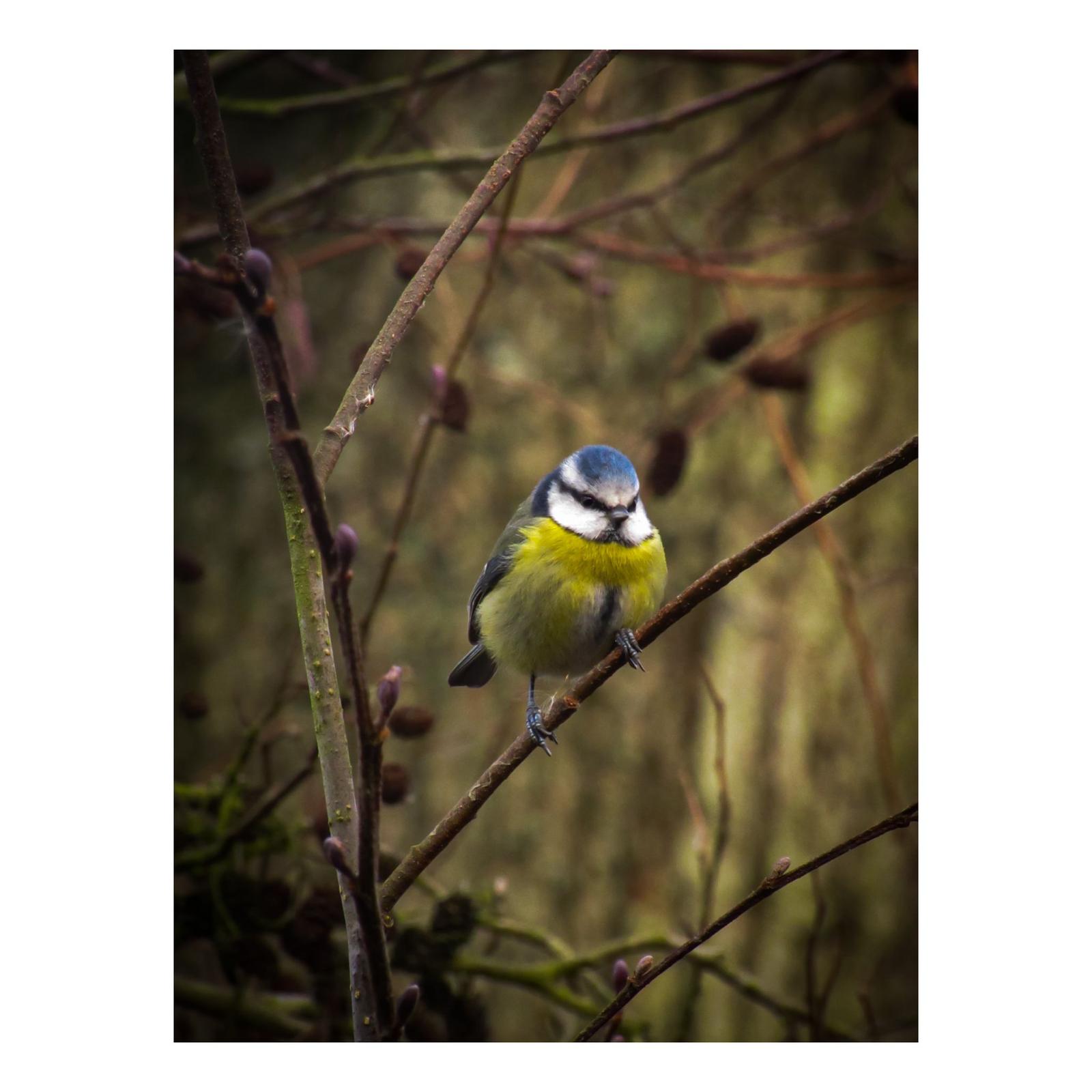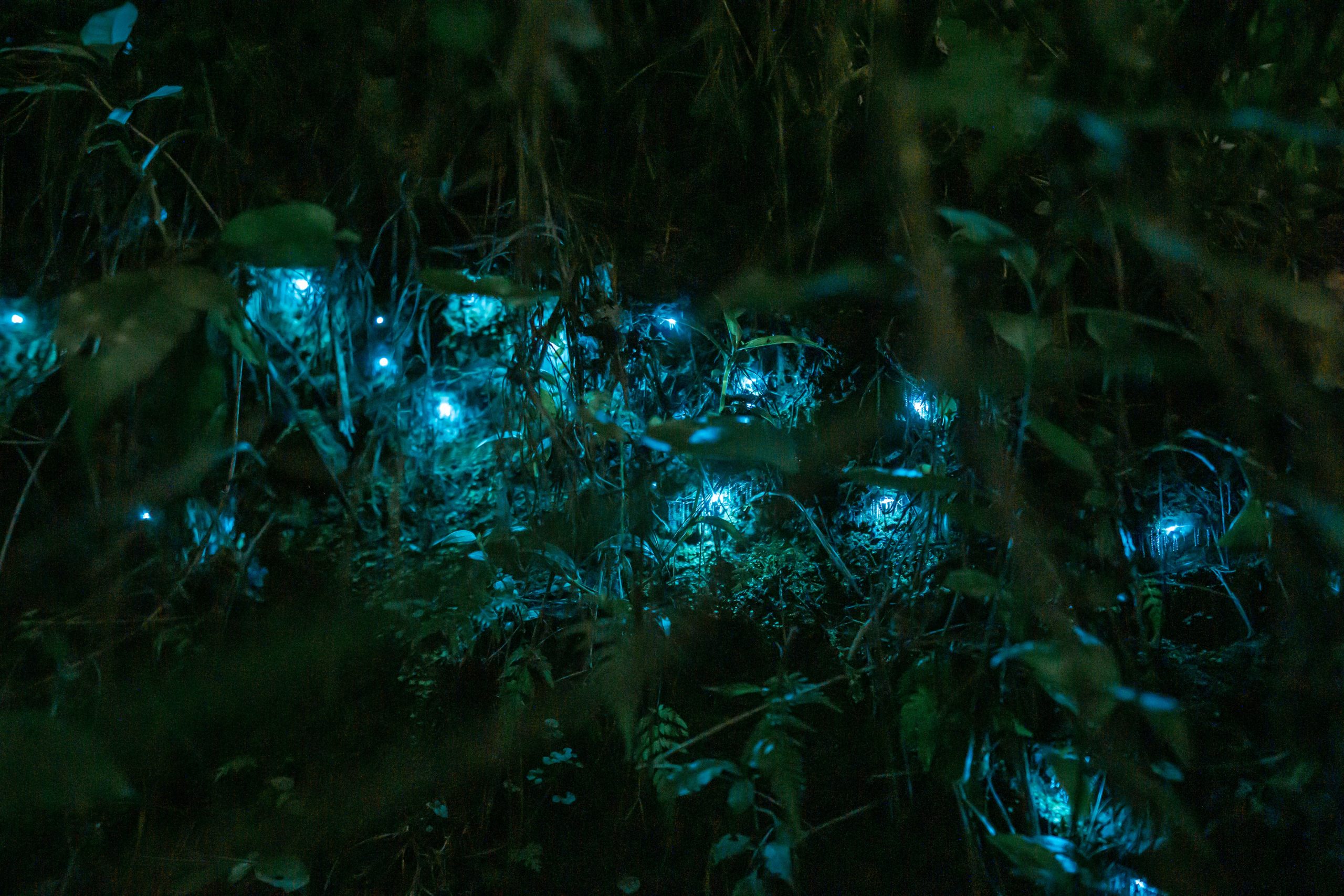Recycle old plastic bottles to become insect enclosures, creating a habitat for insects, alongside measuring differences in the soil pH before and after.

- Using a large old water/juice bottle safely cut a square out of the side of the bottle as shown in the photo.
- Tape a small square of net/mesh material to cover the cut-out square to prevent larger animals or unwanted organisms entering the habitat and allowing oxygen to move through the area.
- Fill the base of the bottle to create a natural habitat for insects to reside in. Add soil, twigs, leaves and rocks found from around your garden to mimic an actual insect habitat, leave the bottle cap off the bottle and allow bugs and insects to explore the created habitat.
- Mix a small amount of soil with distilled water and initiate contact with the litmus paper and wait for a few seconds for litmus paper to change colour. Once colour change has finished, compare the colour of the litmus paper to a pH colour chart to determine the pH of the mixture (which represents the soil pH at the beginning of the experiment).
- After two weeks of the habitat being in the open, take a small sample of soil and repeat the pH test (pH can also be tested by adding it to Bicarbonate of Soda and observing if it fizzes).




0 Comments